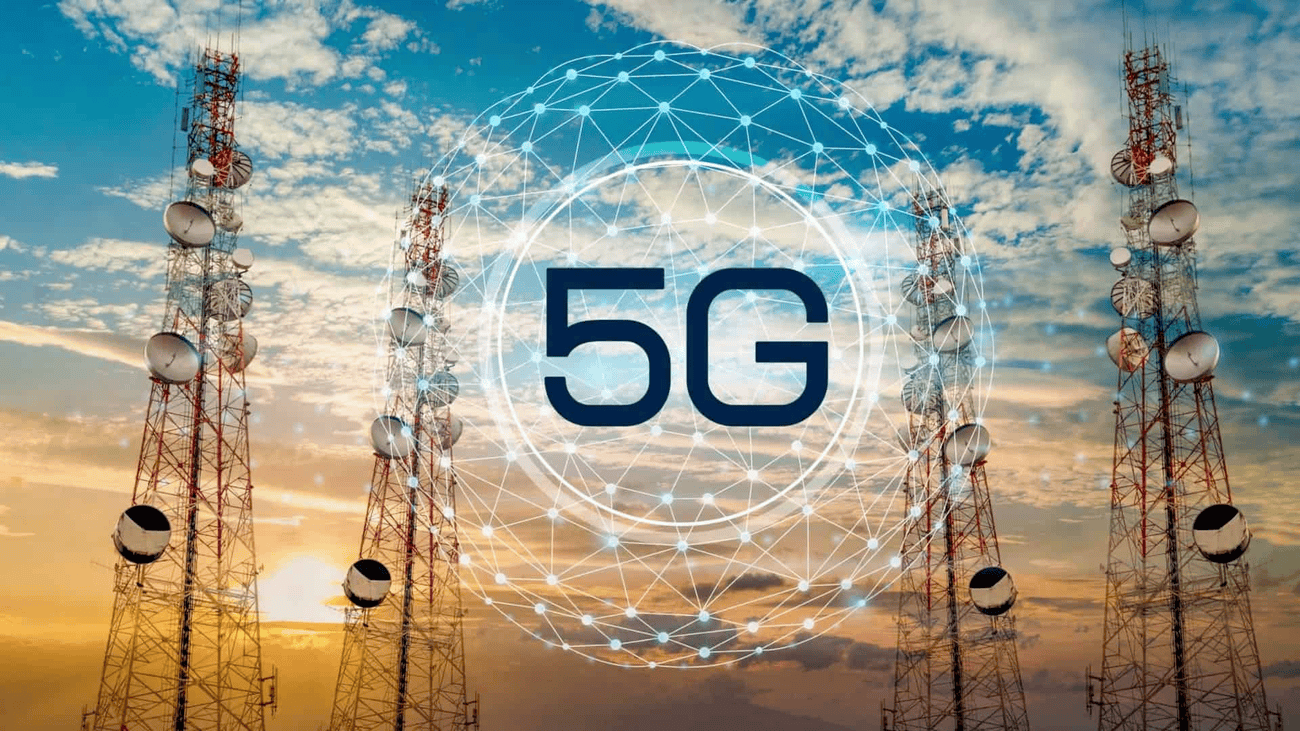
Approximately two years have passed since the beginning of the implementation process of the 5G technology in Brazilian territory, there has been significant progress in this field. The new technology is already present in more than 810 municipalities that have towers licensed to operate with this technology. This number represents a notable advance in the country’s telecommunications infrastructure.
On the other hand, in relation to the cities that can already benefit from the active and fully operational signal, we have around 589 municipalities that are taking advantage of the advantages provided by 5G. These numbers reflect an average coverage of close to 45% of the entire Brazilian territory.
28 million people now have access to 5G
Regarding 5G-compatible mobile devices, there are 28 million users with compatible smartphonesindicating a scenario where a large portion of consumers can already enjoy the benefits that 5G offers, such as considerably higher data transmission speeds and lower latency.
As established by the schedule set out in the 2021 notice, it is expected that by the end of July all Brazilian capitals, in addition to the Federal District, will be equipped with an adequate antenna density, with one antenna specifically designated for every group of 30 thousand inhabitants. There is an optimistic forecast that by the year 2029, 5G coverage will encompass all 5,570 municipalities in Brazil.
Additionally, it is important to highlight the efforts of cell phone manufacturers who are increasingly directing their resources towards the development of basic devices equipped with 5G capabilities, further democratizing access to this new network. In the context of the Brazilian market, models that are already known and accessible to the public stand out, such as the Samsung Galaxy A15 5G e o Motorola Moto G34. These are part of a spectrum composed of 195 different devices from 22 different manufacturers, all approved and homologated by Anatel for use in the country.
Practices that helped popularize 5G

Regional telecommunications companies, such as Ligga, have been taking a collaborative approach to accrediting local providers, aiming to boost the expansion of the 5G signal. Thanks to this and other tactics, progress in the implementation of this technology in Brazil continues to occur at a rapid pace, and we have already surpassed the impressive mark of 21.3 thousand radio base stations (RBS) positioned in the capitals in the 3.5 GHz frequency band. This number greatly exceeds the initial target of 6,402 RBSs.
The issue of migrating the TV signal from the C-Band to the Ku-Band proved to be one of the challenges faced during this process. This change was essential to eradicate any possibility of harmful interference in the 5G spectrum. To date, the milestone has been reached in which 4,302 municipalities have been authorized to use the 3.5 GHz band without facing any technical obstacles.
Another point worth noting is that 704 municipalities have already made changes to their respective municipal regulations in order to align with the General Antenna Law, demonstrating a joint effort to update regulations according to the needs brought about by the arrival of 5G and its subsequent integration into the Brazilian reality.
Finally, based on data provided by Ookla Speedtest in 2023, Brazil has been standing out internationally for its superior 5G performance, presenting impressive averages of 52.26 Mbps for download and 12.75 Mbps for upload, representing increases of 44.88% and 14.66% in these metrics, respectively, compared to previous periods. These figures clearly portray the level of excellence that the 5G network is achieving in the Brazilian scenario, paving the way for a future in which cutting-edge technology and universal connectivity go hand in hand.
Source: https://www.hardware.com.br/noticias/5g-brasil.html


